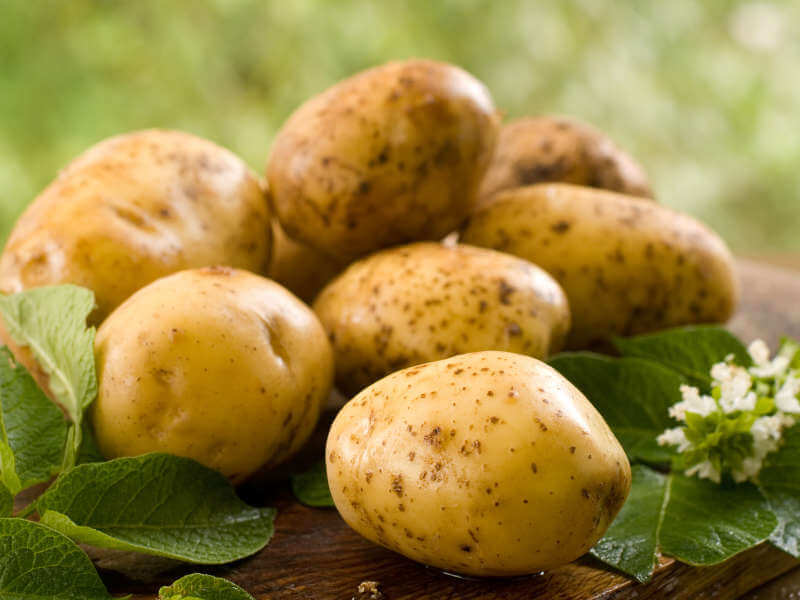Experts Say: Eat More White Vegetables!

 Vegetables which are white in color (like potatoes, parsnips, and turnips) supply a large amount of vital nutrients – which your body might be missing!
Vegetables which are white in color (like potatoes, parsnips, and turnips) supply a large amount of vital nutrients – which your body might be missing!
White vegetables are richer in fiber, potassium, and magnesium than other, more colorful vegetables – because tuberous/root vegetables accumulate more minerals during the growth process.
97% of Americans aren’t getting enough potassium – which helps manage blood pressure. A small, plain baked potato with skin provides almost double the amount of potassium that a banana would for the same amount of calories!
What vegetables are considered white?
- Cauliflower
- Potatoes
- Onions
- Turnips
- Parsnips
- Corn
- Mushrooms
- Garlic
We’re often urged to stay away from white foods like bread, flour, rice, and pasta. However, it’s important to remember that white vegetables are still vegetables – and that we’re supposed to be consuming 3-5 servings of them daily (there is no daily recommendation for white vegetables, specifically – however, it’s recommended that dark green and orange vegetables should be consumed every day). – Vegetable intake, including consumption of starchy vegetables like potatoes, is about half of what is recommended by the 2010 Dietary Guidelines for Americans.
White vegetables are also typically less expensive, and seasonally easier to find than colored vegetables! – They also typically agree with most picky palates, especially young children.
Sources